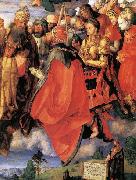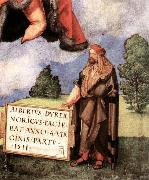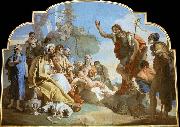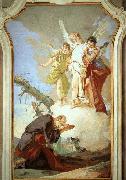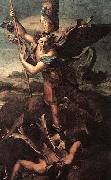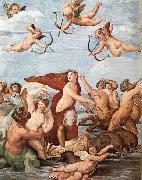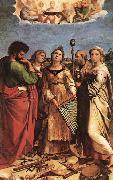Öl auf dem Segeltuch,das echte Aroma von alten Meistern
|
|||||||||
| Künstler: Albrecht Durer | |||||||||

| |||||||||
|
|
|||||||||
|
|
|||||||||
| Künstler: Albrecht Durer | |||||||||

| |||||||||
|
|
|||||||||
|
|
|||||||||
| Künstler: Giovanni Battista Tiepolo | |||||||||

| |||||||||
|
|
|||||||||
|
|
|||||||||
| Künstler: Giovanni Battista Tiepolo | |||||||||

| |||||||||
|
|
|||||||||
|
|
|||||||||
| Künstler: Giovanni Battista Tiepolo | |||||||||

| |||||||||
|
|
|||||||||
|
|
|||||||||
| Künstler: Giovanni Battista Tiepolo | |||||||||

| |||||||||
|
|
|||||||||
|
|
|||||||||
| Künstler: RAFFAELLO Sanzio | |||||||||

| |||||||||
|
|
|||||||||
|
|
|||||||||
| Künstler: RAFFAELLO Sanzio | |||||||||

| |||||||||
|
|
|||||||||
|
|
|||||||||
| Künstler: RAFFAELLO Sanzio | |||||||||

| |||||||||
|
|
|||||||||
|
|
|||||||||
| Künstler: RAFFAELLO Sanzio | |||||||||

| |||||||||
|
|
|||||||||
|
|
|||||||||
| Künstler: RAFFAELLO Sanzio | |||||||||

| |||||||||
|
|
|||||||||
|
|
|||||||||
| Künstler: RAFFAELLO Sanzio | |||||||||

| |||||||||
|
|
|||||||||
|
|
|||||||||
Gemälde::. All people >> religious
(Kaufen Sie eine spezielle ölmalerei?)






